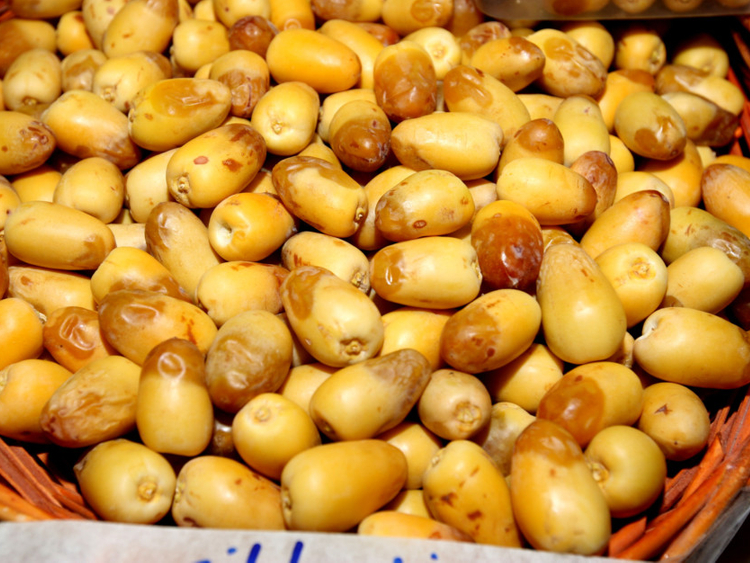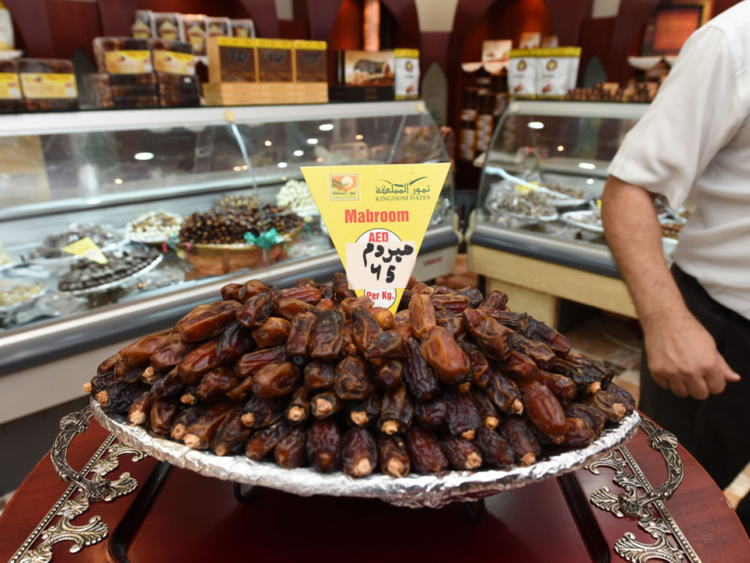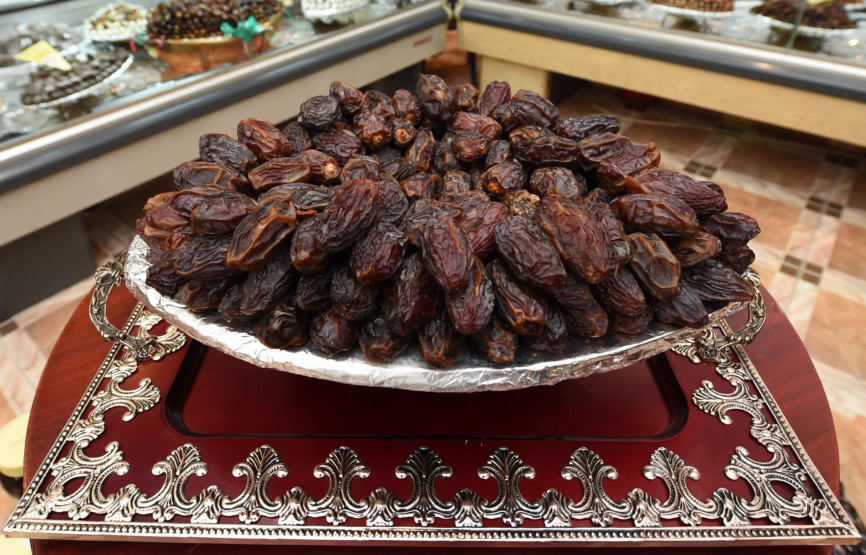
Abu Dhabi: The date palm that creates an oasis in the desert has always aroused the curiosity of people. As an integral part of people’s lifestyle in the desert, it nevertheless attracts myths. Myth: Date palm trees do not require water to grow.
“A palm tree that is seven years old consumes 80 to 100 cubic metres of water in a year, although drip irrigation technology has reduced it by 20 per cent,” said Mansour Al Mansouri, Head of Date Palm Unit at the Abu Dhabi Farmers Service Centre (ADFSC).
Myth: All you need to do is drop a date palm seed on the ground and it will grow into a tall, swaying palm tree.
“Palm trees, just like humans, need a partner. The male and female [principle]. Without pollination, palm trees would not bear fruits,” Al Mansouri said.
The seed of the date, discarded after eating the date, is used as a fodder for different animals including camels, and it is highly nutritious, he said.
Fact: Average lifespan of a date palm tree is 100 years.
Another senior official explained how date palms were integral part of life in the desert. “Date palms provided the much-needed shelter and shade for humans, animals and plants. Palm leaves and fronds were used to make fans, food trays, food covers, baskets, mats, and houses and boats,” said Salah Abdullah Al Mousa, acting Ddirector, Agricultural Research at the Ministry of Climate Change and Environment (MOCCE).
Fronds were even bound together and lined with pitch to make water tanks. The fibre of the trunk was turned into rope, fish traps, brushes, sacks, stuffing for mattresses, and the wood was used to make furniture, boxes, roof beams and many other items, he said.
Dates are mentioned 26 times in the Quran, and Prophet Mohammad (PBUH) was known to have eaten and sustained himself on dates alone.
Dates are also the first food consumed on breaking the fast in Ramadan, Al Mousa said.















